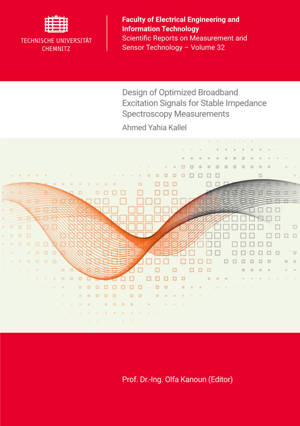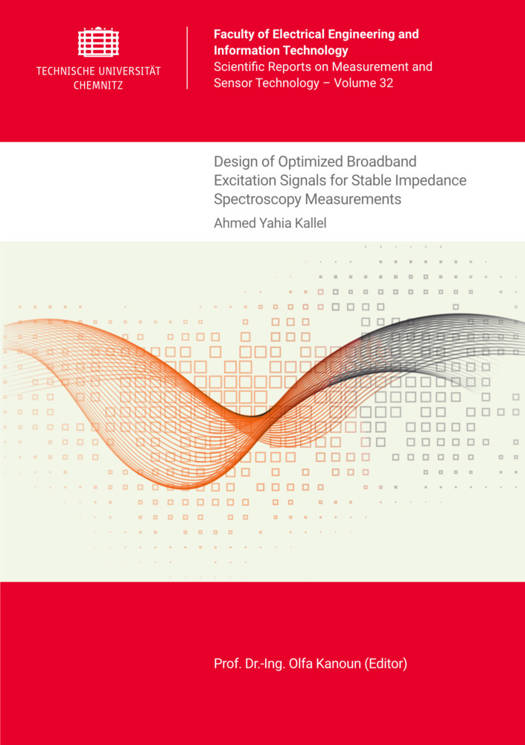
- Afhalen na 1 uur in een winkel met voorraad
- Gratis thuislevering in België vanaf € 30
- Ruim aanbod met 7 miljoen producten
- Afhalen na 1 uur in een winkel met voorraad
- Gratis thuislevering in België vanaf € 30
- Ruim aanbod met 7 miljoen producten
Zoeken
Design of Optimized Broadband Excitation Signals for Stable Impedance Spectroscopy Measurements
Ahmed Yahia Kallel
€ 21,95
+ 43 punten
Omschrijving
Electrochemical impedance spectroscopy requires linearity, causality, and time invariance for reliable measurements, necessitating precise excitation signal design. This thesis presents a methodology for multisine excitation signal optimization through systematic determination of amplitude, frequency distribution, and phase angles. The framework addresses limitations in conventional approaches, particularly for systems undergoing state changes during low-frequency measurements. A novel regularized linear Kramers-Kronig (rLKK) approach evaluates impedance spectra consistency and serves as feedback for signal optimization. Three phase optimization strategies are introduced: an RPG-based metaheuristic that balances stability and linearity constraints, a sigmoid transformation that minimizes crest factor while maintaining linearity, and a two-phase approach that first minimizes state-of-charge variation then optimizes crest factor. Validation on lithium-ion batteries demonstrated quantifiable improvements: 216 ppm deviation and 0.02% overall measurement deviation-10 times lower than published results while reducing acquisition time by factors of 3-9. The proposed stabilization technique for transient behavior further reduced deviations to 84 ppm. When applied to bioimpedance spectroscopy, the methodology accelerated measurement speed by a factor of 19 and improved accuracy by a factor of 2.67 compared to related works while enhancing robustness to noise.
Specificaties
Betrokkenen
- Auteur(s):
- Uitgeverij:
Inhoud
- Aantal bladzijden:
- 302
- Taal:
- Engels
- Reeks:
- Reeksnummer:
- nr. 32
Eigenschappen
- Productcode (EAN):
- 9783961002405
- Uitvoering:
- Paperback
- Afmetingen:
- 148 mm x 18 mm
- Gewicht:
- 441 g

Alleen bij Standaard Boekhandel
+ 43 punten op je klantenkaart van Standaard Boekhandel
Beoordelingen
We publiceren alleen reviews die voldoen aan de voorwaarden voor reviews. Bekijk onze voorwaarden voor reviews.








